Zoe Noonan
ILLUSTRATION
Artist statement
Communication is crucial to acceptance. Typically, standard audiences critically misconstrue psychiatric conditions and associated symptoms. This is since standard pop-culture portrayals constantly paint psychiatric conditions, specifically conditions that I suffer with, as “scary” or “awkward”: no appropriate consideration as to WHY persons with said conditions present symptoms that can shock an audience.
Art was always my way to try and communicate with any audience about my intricate psychiatric symptoms. So, to aid in acceptance around psychiatric conditions, I create conceptual illustrations that contain compositions that concentrate on characters in symbolic circumstances, with a compassion that typical “scary” and “awkward” pop-culture portrayals shun. I want any audience to sympathetically connect with said characters, as a way to spur accurate communication about and acceptance of psychiatric conditions.
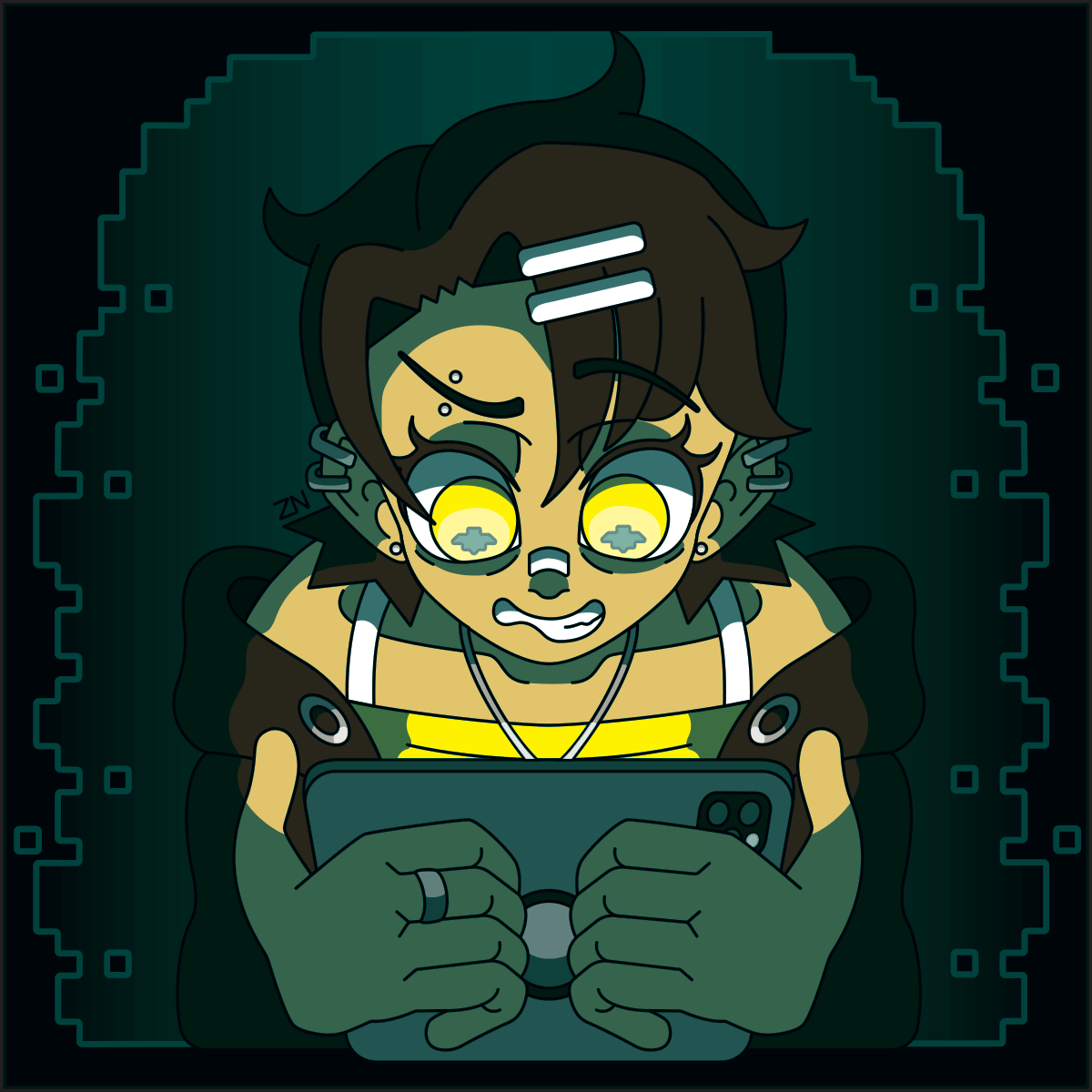
Addiction, 2022, Photoshop Animation, 8"x8"

Adornment, 2022, Colored Pencils and Acrylic Paints, 20"x15"

Bipolar, 2022, Colored Pencils and Photoshop, 20"x16"

CMYKawaii, 2022, Photoshop, 20"x15"

Depression, 2022, Colored Pencils and Acrylic Paints, 20"x16"
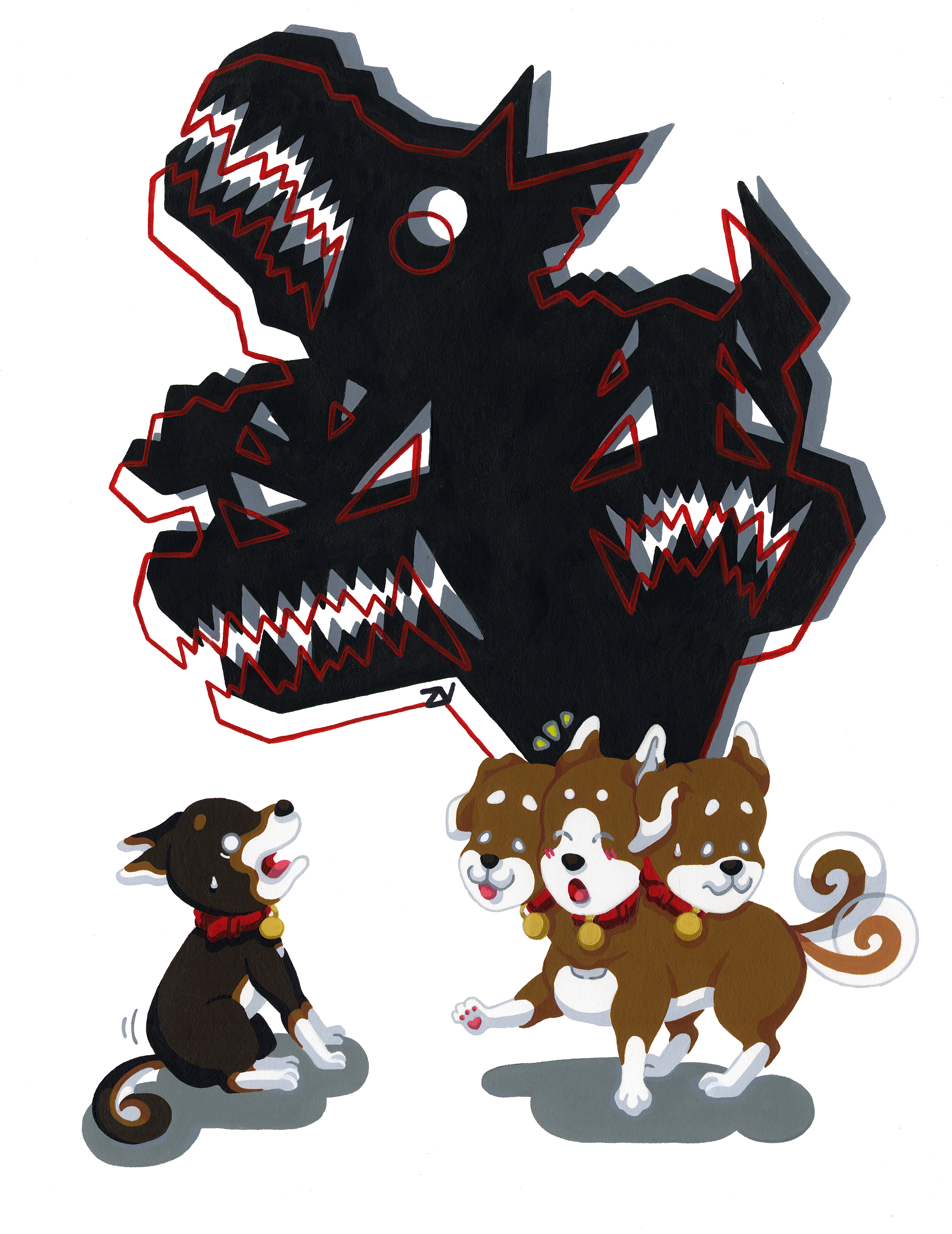
DID, 2022, Acrylic Paints, 20"x15"
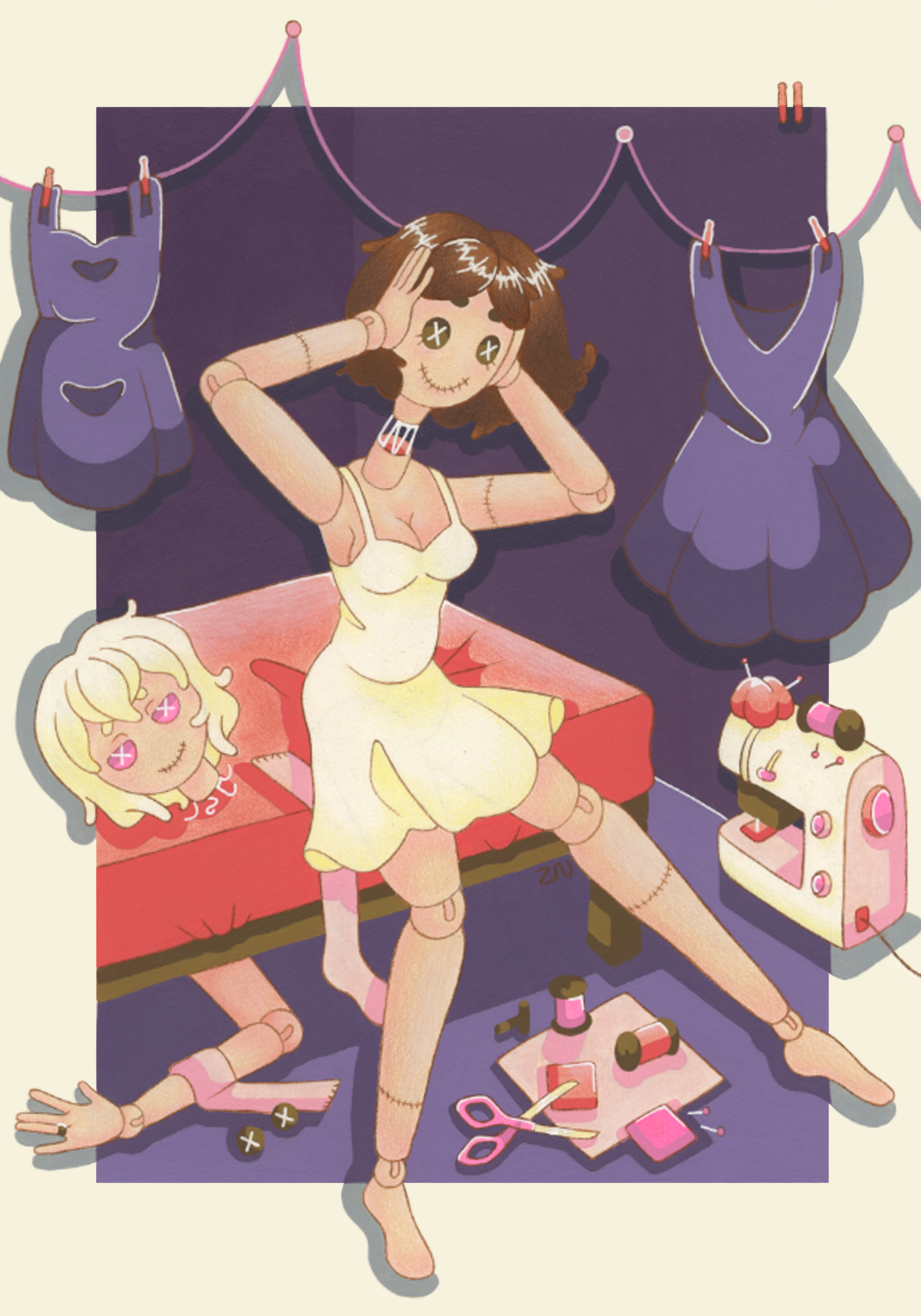
Dysphoria, 2022, Colored Pencils and Acrylic Paints, 20"x16"
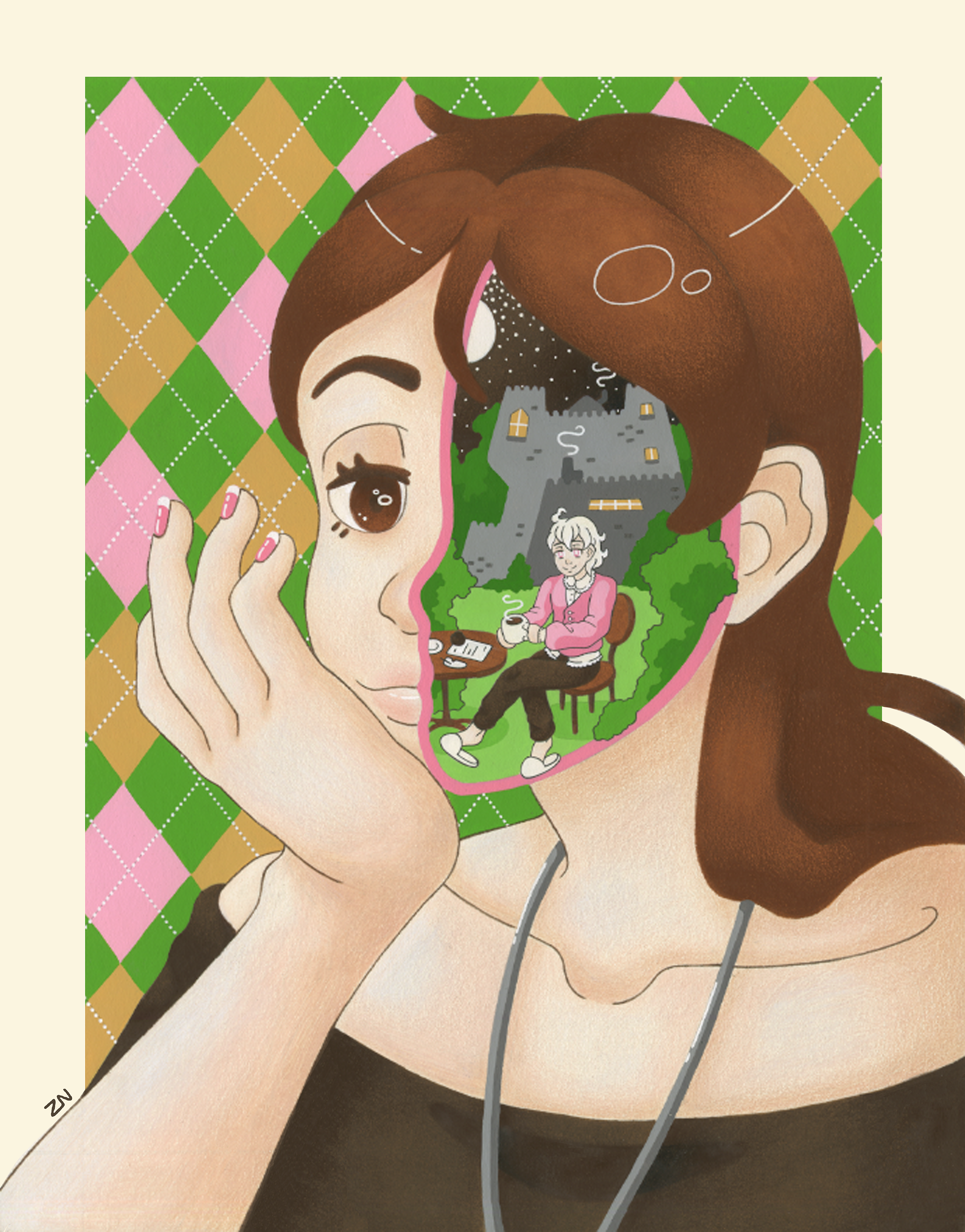
Headspace, 2022, Colored Pencils and Acrylic Paints, 20"x16"
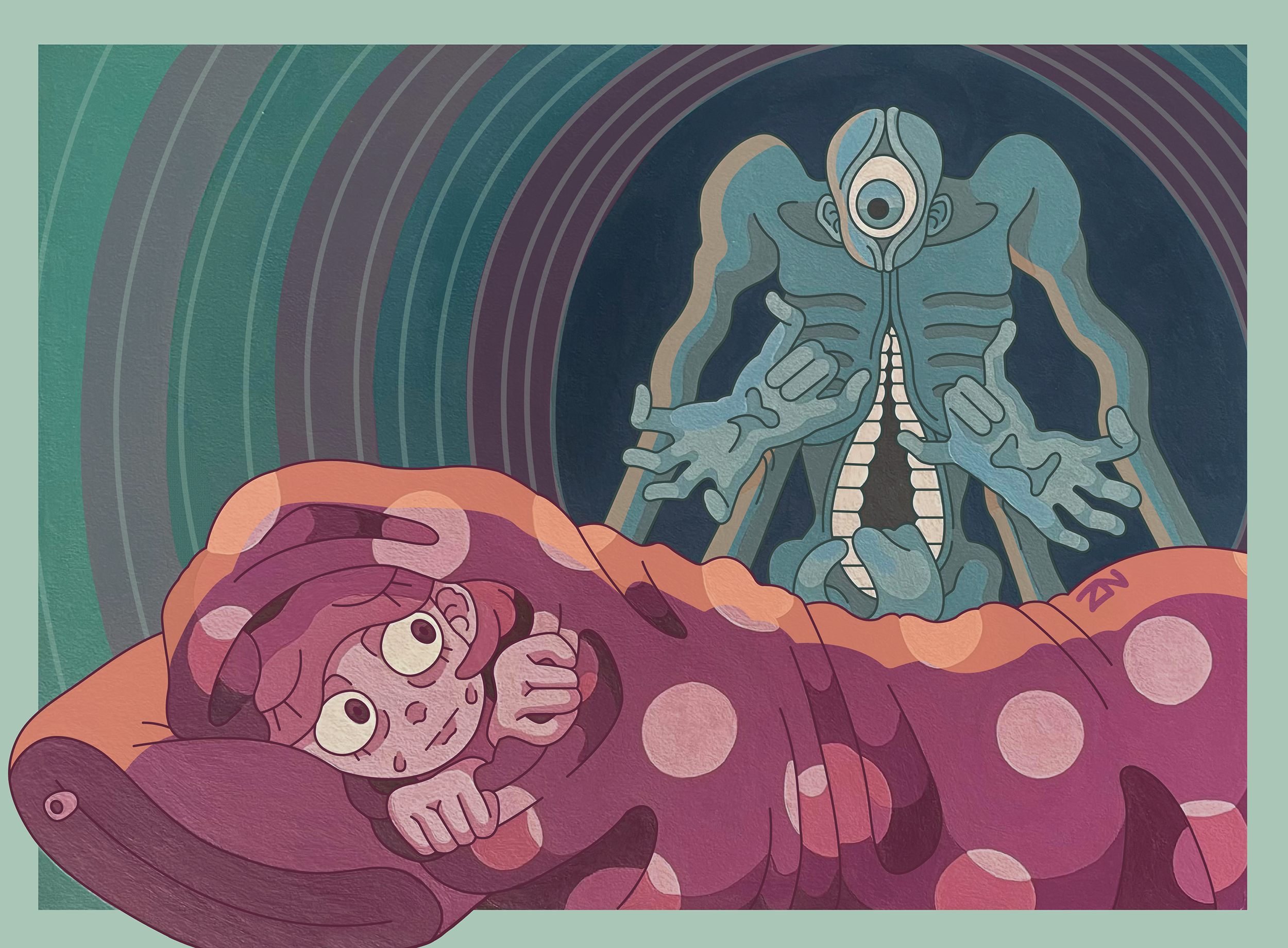
Insomnia, 2022, Acrylic Paints and Photoshop, 15"x20"

Introspection, 2022, Pencils, 15"x20"
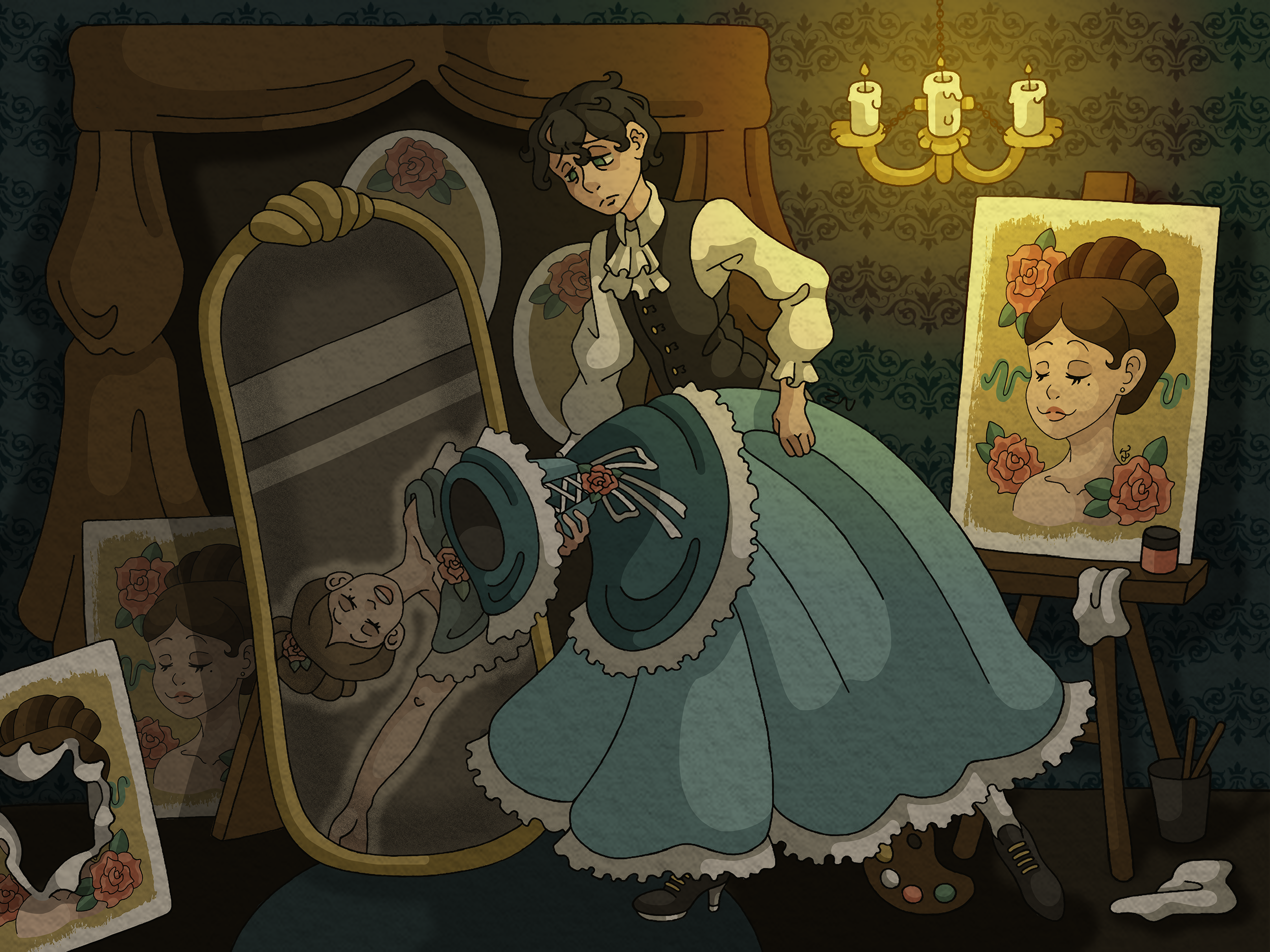
Obsession, 2022, Photoshop, 15"x20"

Paranoia, 2022, Colored Pencils and Acrylic Paints, 15"x20"
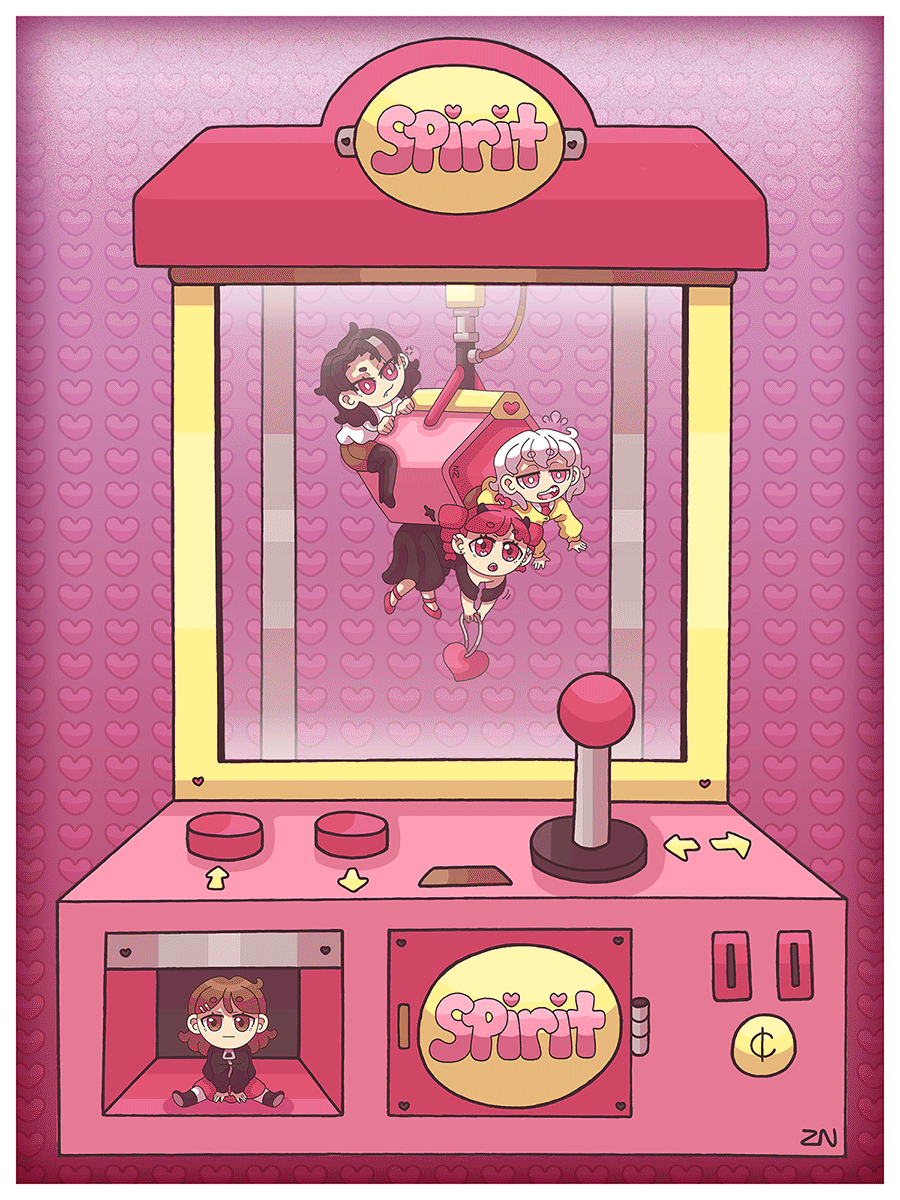
Spirit Animation, 2022, Photoshop Animation, 8"x6"
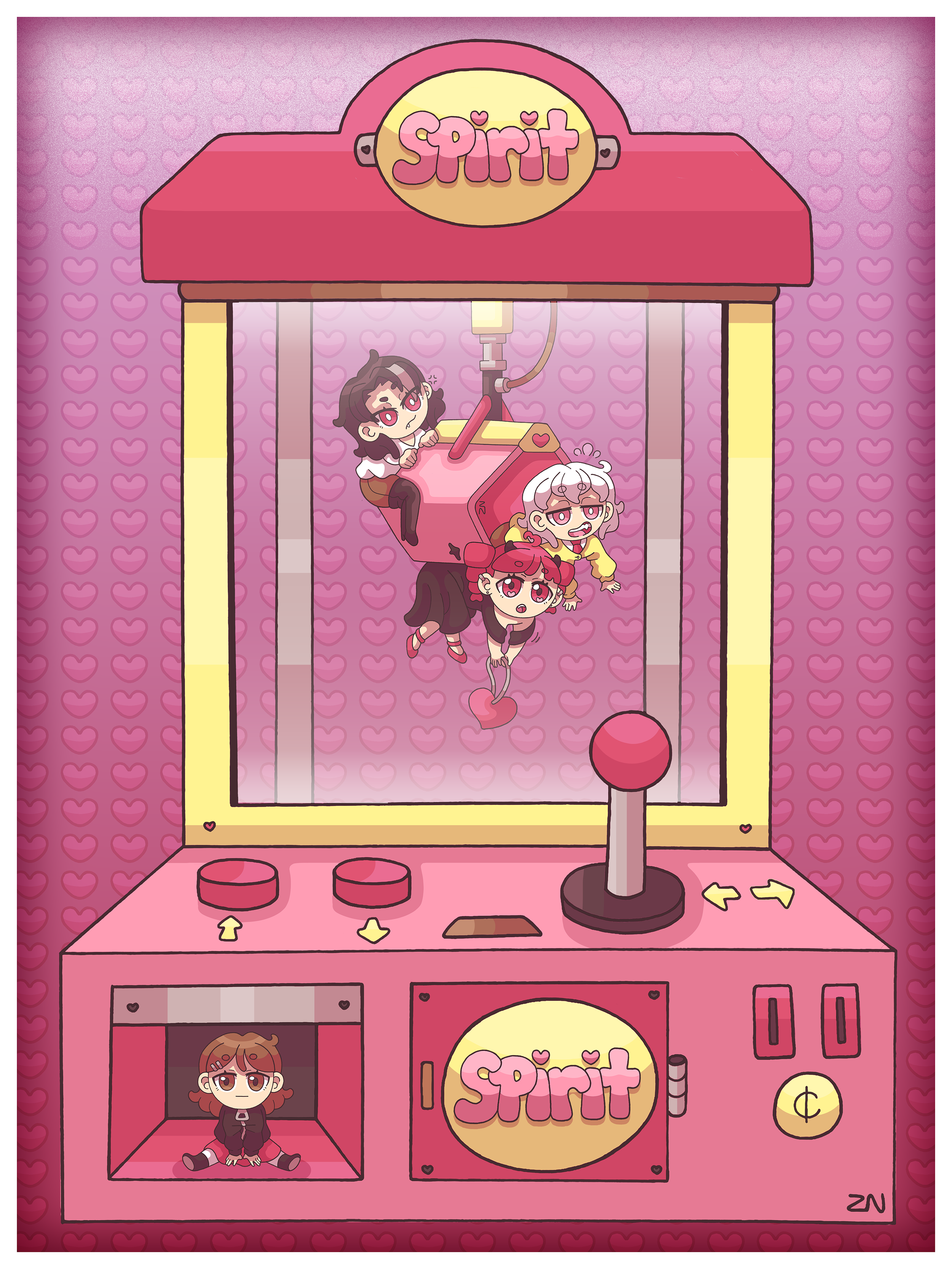
Spirit Print, 2022, Photoshop Animation, 8"x6"
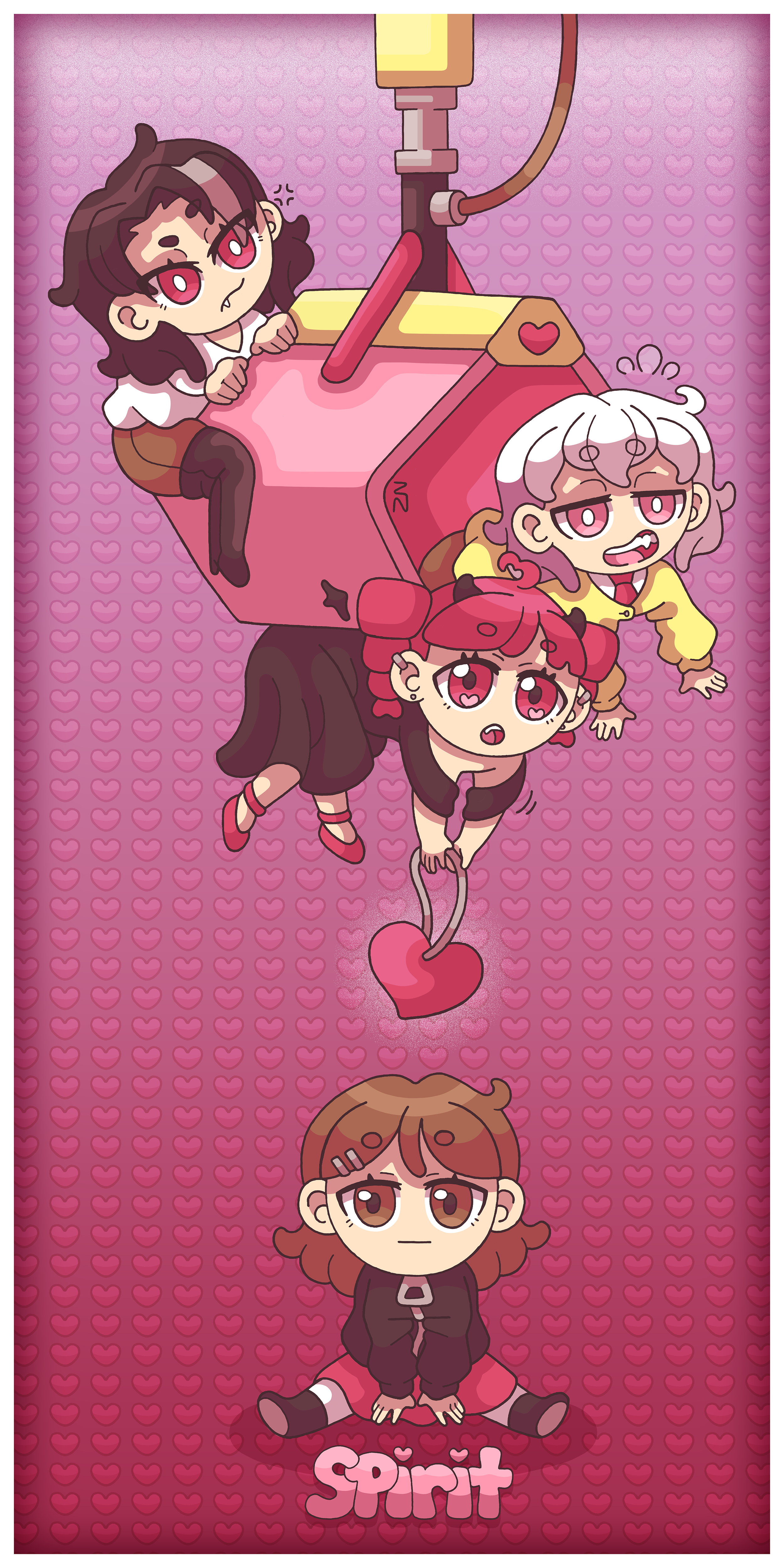
Spirit Print II, 2022, Photoshop, 12"x6"
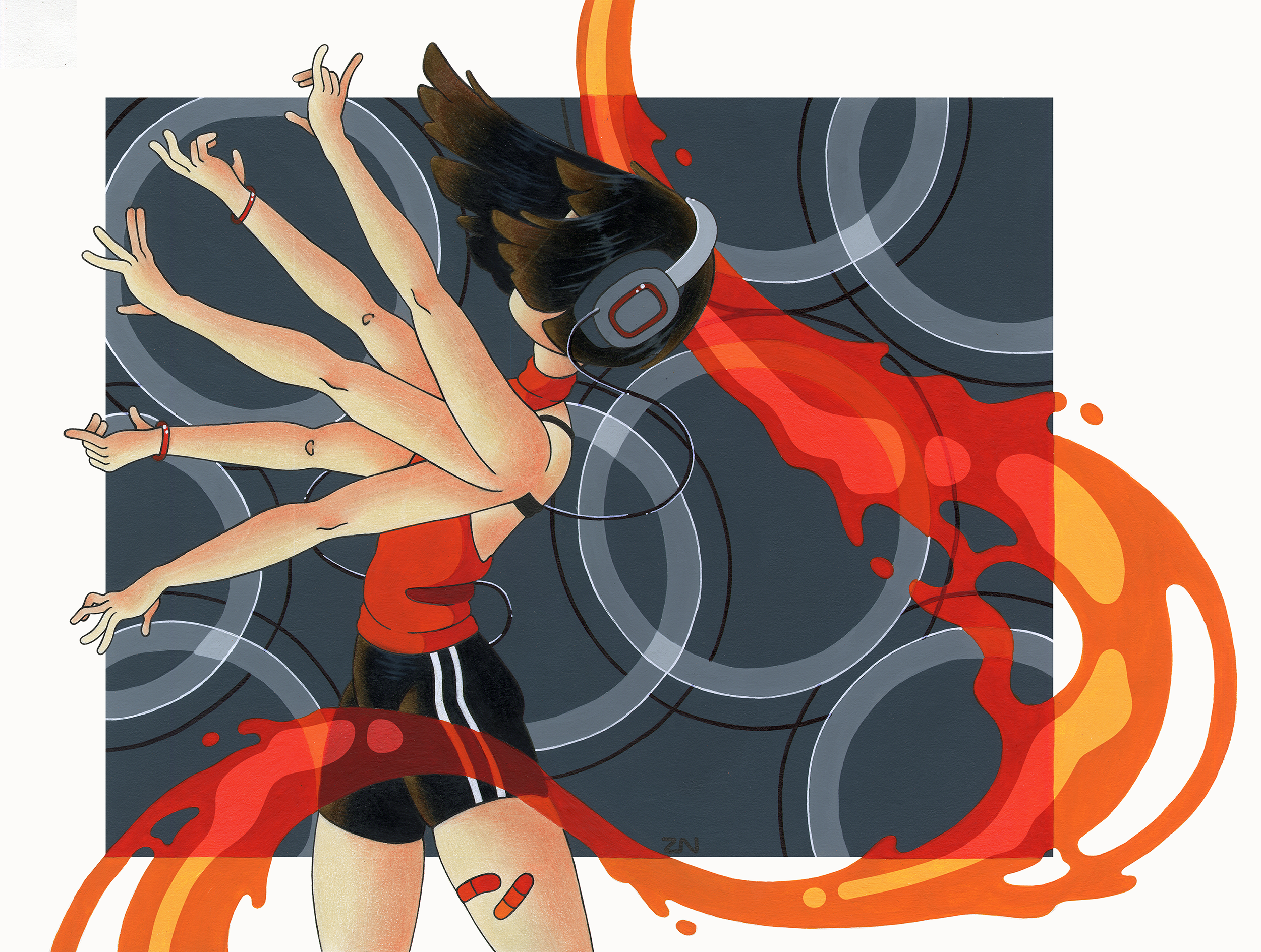
Stims, 2022, Colored Pencils and Acrylic Paints, 15"x20"
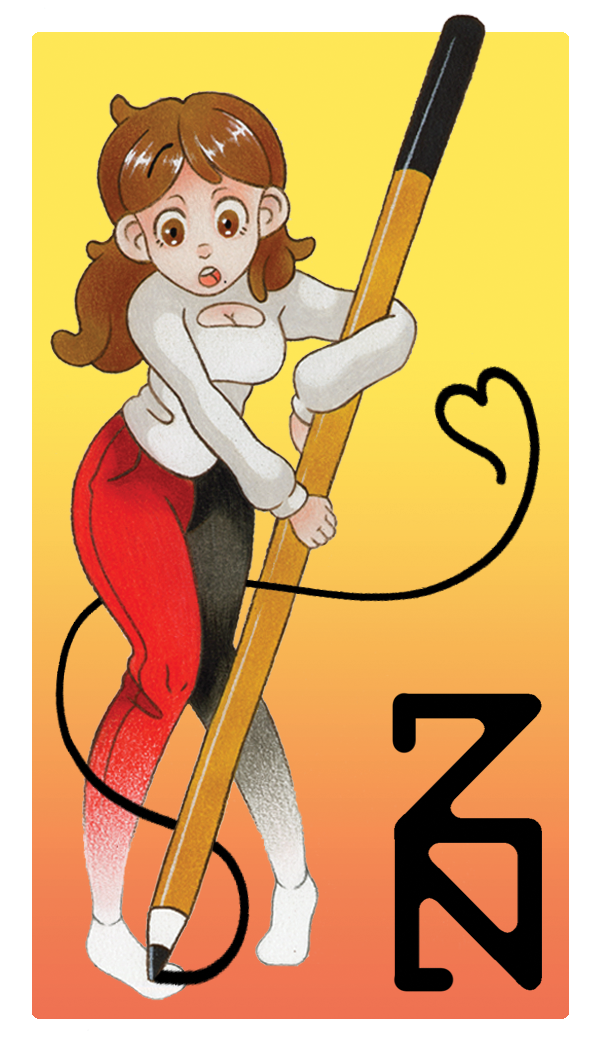
ZN Business Card, 2022, Colored Pencils and Photoshop, 4"x2"
ARTIST BIO
Zoe Noonan a conceptual illustrator with a BFA in Studio Arts Illustrations at NIU and with a studio space in Seneca, IL.
“I typically create physical artwork with acrylic paints and colored pencils, but I, on occasion, branch out to photoshop and short animations. What primarily inspires my artwork is communication, with compassion, about psychiatric conditions.”
“Accurate and compassionate communication about this topic is crucial to acceptance. Standard depictions of psychiatric conditions can paint symptoms as “scary” and “awkward”: no compassion, and no appropriate consideration as to WHY persons with said conditions act in ways that can shock an audience…”
“Art was always my way to communicate about my complicated psychiatric circumstances. So, to aid in acceptance of psychiatric conditions, I create character-centric conceptual illustrations that communicate about said conditions with an intimacy and compassion that standard representations to not consider. I want any audience to sympathetically connect with the characters and scenes that I create as a way to spur accurate communication about, and acceptance of, psychiatric conditions.”

